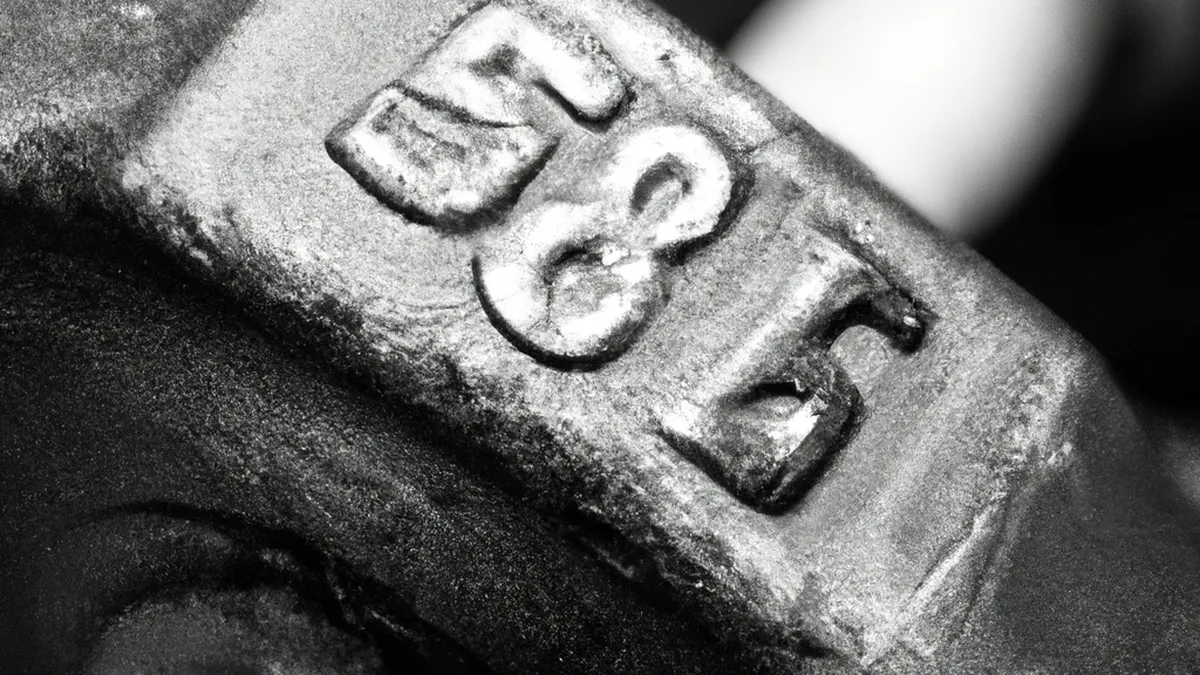Utilize Force Plate Insights for Targeted Training
How to Use Force Plate Jump Tests to Tailor Training Programs
In sports training, precision matters. Coaches and athletes seek methods to enhance performance and achieve goals. Force plate jump tests provide valuable data on an athlete’s power, strength, and readiness. This data helps develop effective training programs. This article examines force plate jump tests, their administration, and how to customize training programs for optimal results.
What is a Force Plate Jump Test?
A force plate jump test assesses an athlete’s explosive power through jump performance. The force plate measures ground reaction forces during jumps, capturing metrics like peak force, jump height, and power output. These measurements help coaches identify strengths and weaknesses in athlete performance.
Key Metrics Analyzed in Force Plate Jump Tests
1. **Peak Power**: This metric shows the maximum force an athlete can exert during a jump. Higher peak power values correlate with better explosive movement performance.
2. **Jump Height**: The achieved jump height indicates an athlete’s explosive strength.
3. **Ground Reaction Forces**: The forces exerted against the ground reveal insights into power and landing mechanics, crucial for injury prevention.
4. **Rate of Force Development (RFD)**: RFD measures how quickly an athlete generates force, important for rapid movements in sports.
How to Conduct Force Plate Jump Tests
Access a force plate at universities, sports performance facilities, or specialized training centers. Follow this step-by-step guide to conduct the test.
Step 1: Warm-Up Properly
A comprehensive warm-up prepares the body for explosive activity and ensures accurate test results. Include dynamic stretches, mobility exercises, and sport-specific drills to raise heart rate and enhance blood flow to muscles.
Step 2: Perform the Jump Test
Instruct the athlete to perform a series of jumps. Use two common jump types:
– **Squat Jumps**: Start from a squat position and jump as high as possible without preparatory movement.
– **Counter-Movement Jumps (CMJ)**: Begin in a standing position, perform a downward movement, then jump as high as possible.
Ensure the athlete understands the jumping technique to minimize variability. Record the data from the force plate for each jump, typically performing three to five repetitions for reliable results.
Step 3: Analyze the Data
After completing the jumps, analyze the recorded data.
Conclusion
Force plate jump tests provide essential insights for tailoring training programs. Use these insights to enhance athlete performance effectively.
Below are related products based on this post:
FAQ
What is the purpose of a Force Plate Jump Test?
A Force Plate Jump Test assesses an athlete’s explosive power during jumps by measuring ground reaction forces. This data helps coaches identify strengths and weaknesses, allowing for tailored training programs to enhance performance.
What key metrics are analyzed during the Force Plate Jump Test?
The key metrics analyzed include peak power, jump height, ground reaction forces, and rate of force development (RFD). These metrics provide insights into an athlete’s explosive strength, power mechanics, and readiness for training.
How should an athlete prepare for a Force Plate Jump Test?
An athlete should undergo a comprehensive warm-up that includes dynamic stretches, mobility exercises, and sport-specific drills to prepare the body for explosive activity. This preparation is crucial for accurate test results and to minimize the risk of injury.















Post Comment